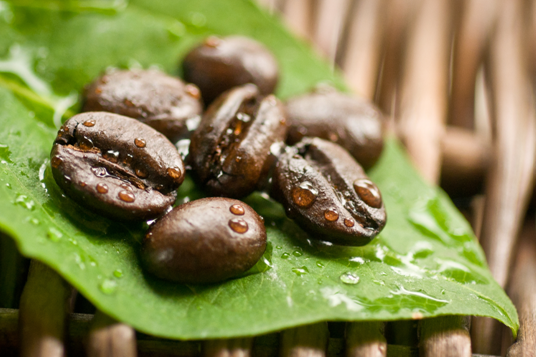Coffee is just one of the most commonly available and pre-owned drinks in the world today. Coffee is drunk from one end of the world to the other, typically in rather various kinds. Coffee has actually become a way of life for some individuals in the western world. Coffee shop chains have actually sprung up everywhere and a couple of have done quite possibly establishing new shops regular across the globe. Nevertheless this enormous market has to have a supply, where does all this coffee originated from? Most coffee is expanded at high elevations and requires rather a particular sort of climate. There are restricted places worldwide were coffee will grow. It would for that reason be sensible to believe that coffee growers would certainly be a few of the wealthiest individuals in coffee creating countries, for instance in Peru. Nothing nevertheless might be better from the truth. The farmers of the beverage most of us recognize so well have typically been some of the poorest individuals in the nations they reside in. They are often rural farmers paid simply enough by large business to endure, and extra lately much less than enough to make it through.

The present economic downturn has actually seen coffee rates plunge in the last few years prompting companies that had actually built up large stockpiles (as costs were so low-cost currently) to significantly reduce their acquiring of raw coffee beans and sometimes quit altogether and visit this site www.nectar-of-life.com to buy organic Fair Trade coffee. Remarkably the price of coffee in our mug has not gone down in any way yet has actually seen quite a rise in the last couple of years. So how does this take place? Exactly how do the farmers get paid less and less and sometimes absolutely nothing in any way, yet the cost of coffee that we drink remains to increase and up? That is an intricate question to respond to but well worth considering next time you are having a great warm mug of coffee.
Fair trade coffee changes all that. Under the Fair profession system farmers obtain a set cost for their produce, on average concerning 5 times more than what they were getting paid previously by big multi-national corporations. The development of this kind of industrial design is a heartwarming example that business can be done and it can function without manipulating the farmers at the end of the money chain.